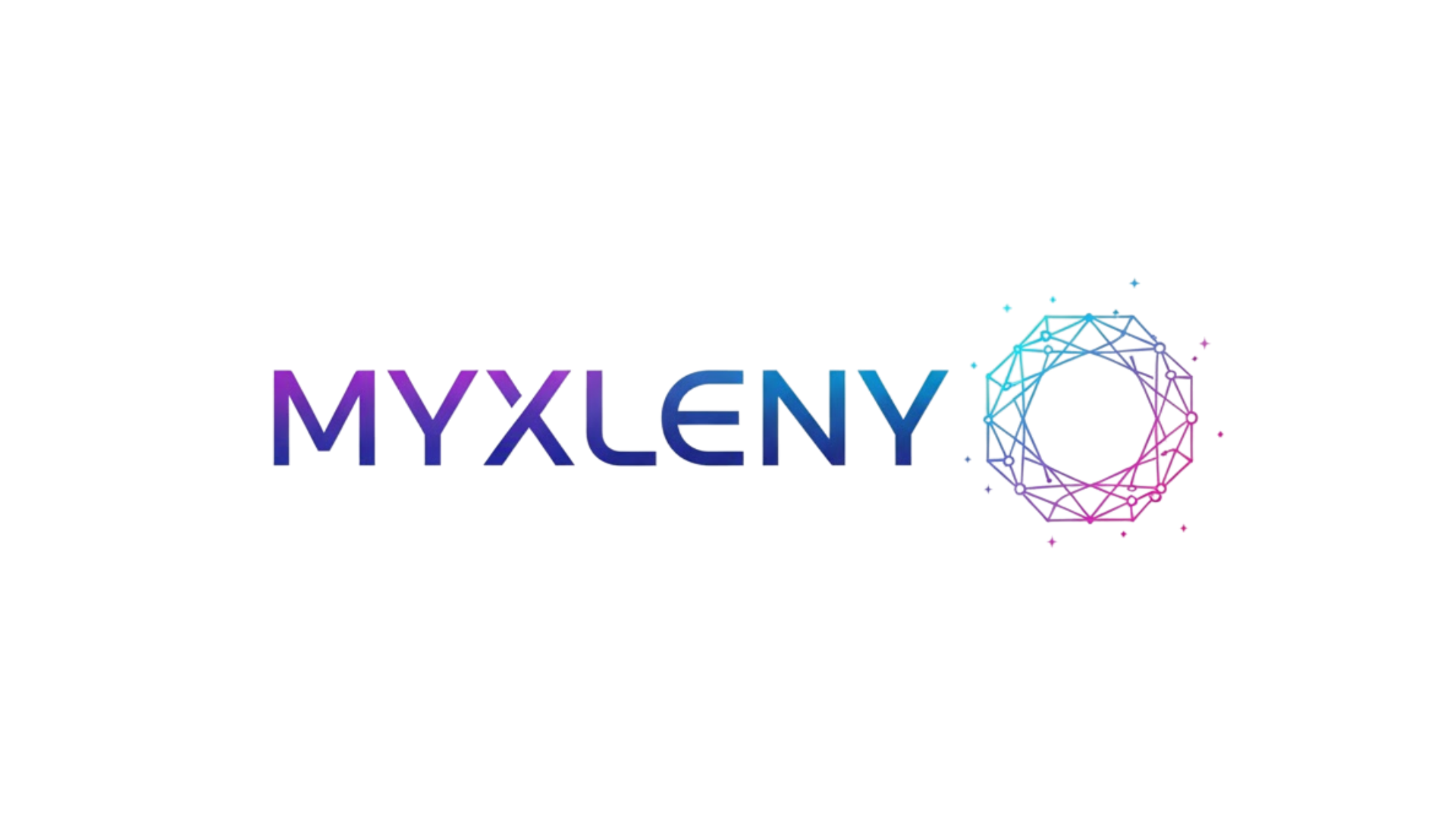As automation reshapes our world at unprecedented speed, establishing thoughtful policies becomes essential for balancing innovation with human welfare and environmental sustainability.
🤖 The Automation Revolution: Understanding Our Current Landscape
We stand at a pivotal moment in human history where machines increasingly perform tasks once exclusively handled by people. From manufacturing floors to customer service centers, from transportation networks to medical diagnostics, automation technologies are fundamentally transforming how we work, live, and interact with our environment.
This transformation brings tremendous opportunities alongside significant challenges. While automation promises increased efficiency, reduced costs, and liberation from dangerous or repetitive tasks, it simultaneously raises concerns about job displacement, algorithmic bias, privacy erosion, and environmental impact. These competing interests create ethical tensions that demand careful navigation through well-crafted policies.
The urgency of developing effective automation policy cannot be overstated. According to various economic forecasts, automation could affect hundreds of millions of jobs globally within the next decade. Yet the conversation extends far beyond employment statistics. It encompasses fundamental questions about human dignity, social equity, environmental stewardship, and the kind of future we want to create.
⚖️ The Ethical Framework: Core Principles for Automation Governance
Effective automation policy must rest on solid ethical foundations. These principles serve as guideposts when navigating complex decisions about technology deployment and regulation.
Human-Centered Design and Dignity
Automation should enhance rather than diminish human capabilities and dignity. This principle requires that automated systems be designed with genuine human needs at their core, not merely as afterthoughts. When algorithms make decisions affecting people’s lives—whether in hiring, lending, or criminal justice—they must respect fundamental human rights and preserve meaningful human agency.
Human-centered automation acknowledges that efficiency isn’t the only metric that matters. Systems should be designed to augment human judgment rather than entirely replace it, especially in contexts requiring empathy, creativity, or moral reasoning. This approach recognizes that some tasks are inherently human and should remain so.
Transparency and Explainability
The “black box” problem in automated decision-making poses serious ethical challenges. When artificial intelligence systems make consequential decisions through processes that even their creators cannot fully explain, accountability becomes nearly impossible. Effective policy must demand reasonable transparency about how automated systems function and make decisions.
This doesn’t mean exposing proprietary algorithms entirely, but rather ensuring that affected parties can understand the factors influencing automated decisions about them. Explainable AI should become the standard, particularly in high-stakes applications affecting healthcare, finance, employment, and justice.
Fairness and Non-Discrimination
Automated systems can perpetuate and amplify existing biases present in training data or embedded in algorithmic design. Without careful attention to fairness, automation risks entrenching historical discrimination patterns against marginalized communities.
Automation policy must include rigorous requirements for bias testing, diverse development teams, and ongoing monitoring for discriminatory outcomes. This extends beyond protected categories like race and gender to encompass socioeconomic status, geography, disability, and other dimensions of potential unfairness.
🌱 Sustainability Imperatives: Green Automation for Planetary Health
The sustainability dimension of automation policy deserves special attention, as automation’s environmental impact operates on multiple levels simultaneously.
The Energy Equation
Data centers powering modern automation consume enormous amounts of electricity. Training large AI models can generate carbon emissions equivalent to hundreds of transatlantic flights. As automation scales, its energy footprint grows proportionally, making energy efficiency a critical policy consideration.
Effective automation policy should incentivize energy-efficient algorithms and hardware, encourage renewable energy sources for computing infrastructure, and require environmental impact assessments for large-scale automation deployments. Companies developing automated systems should be held accountable for their carbon footprint just as manufacturers are for physical products.
Circular Economy and E-Waste
Automation hardware—sensors, processors, robots—contributes to the growing e-waste crisis. The rapid obsolescence cycle in technology sectors exacerbates this problem. Sustainable automation policy must address the entire lifecycle of automated systems, from resource extraction through manufacturing, use, and eventual disposal or recycling.
Policies promoting modular design, repairability, and recyclability can help mitigate automation’s material footprint. Extended producer responsibility schemes could hold automation companies accountable for their products’ end-of-life environmental impacts.
Optimization for Environmental Good
Conversely, automation offers powerful tools for advancing sustainability goals. Smart grids can optimize energy distribution, precision agriculture reduces resource waste, and automated monitoring systems can track environmental degradation in real-time. Policy should actively encourage these beneficial applications while guarding against greenwashing.
Incentive structures within automation policy can direct innovation toward environmental solutions. Tax benefits, grants, and regulatory advantages could reward automation applications that demonstrably reduce emissions, conserve resources, or restore ecosystems.
💼 Economic Justice: Addressing the Labor Market Transformation
Perhaps no aspect of automation policy generates more concern than employment impacts. The challenge isn’t simply about job losses but about ensuring the transition benefits everyone, not just capital owners and highly skilled workers.
Reskilling and Education Infrastructure
Effective policy must include substantial investment in education and training programs that help workers transition to roles complementing automation rather than competing with it. This extends beyond traditional vocational training to include digital literacy, critical thinking, and adaptive learning skills.
These programs must be accessible to displaced workers regardless of age, location, or economic circumstances. Public-private partnerships can share the burden while ensuring programs align with actual market needs. Lifelong learning should become normalized and financially feasible for all workers.
Social Safety Nets and Income Security
As automation disrupts traditional employment patterns, existing social safety nets designed for full-time permanent employment become inadequate. Policy innovations might include portable benefits, universal basic income pilots, or expanded unemployment insurance adapted to gig economy realities.
These aren’t merely welfare programs but investments in social stability and human capital. When people aren’t consumed by survival anxiety, they can retrain, start businesses, engage in creative work, or contribute to their communities in valuable ways that traditional employment metrics don’t capture.
Equitable Distribution of Automation Benefits
Current trends show automation’s economic gains concentrating among shareholders and executives while workers bear the adjustment costs. Progressive policy can redirect some productivity gains toward workers and communities through mechanisms like profit-sharing requirements, automation taxes funding social programs, or worker representation in automation decisions.
This isn’t about halting technological progress but ensuring its benefits are broadly shared. When productivity increases through automation, workers whose labor created the baseline for those improvements deserve a stake in the outcomes.
🏛️ Governance Structures: Who Decides and How?
Crafting policy is one challenge; implementing and enforcing it is another. Effective automation governance requires appropriate institutional structures and decision-making processes.
Multi-Stakeholder Participation
Automation affects virtually everyone, so policy development should include diverse voices: workers, consumers, technologists, ethicists, environmentalists, and affected communities. Regulatory capture by industry interests must be actively prevented through transparent processes and balanced representation.
Participatory approaches like citizen assemblies, public comment periods, and stakeholder consultations can democratize automation policy while improving its quality through diverse perspectives. Those most affected by automation should have genuine influence over its governance.
Adaptive Regulation for Rapid Change
Technology evolves faster than traditional regulatory processes. Automation policy needs mechanisms for regular review and updating without sacrificing stability or predictability. Regulatory sandboxes, sunset clauses, and adaptive frameworks can help policies remain relevant amid technological change.
International coordination also matters, as automation technologies and their impacts cross borders. While respecting national sovereignty and cultural differences, some degree of harmonization prevents regulatory arbitrage and ensures baseline protections everywhere.
Accountability and Enforcement
Well-intentioned policies mean little without effective enforcement. Accountability structures must identify responsible parties when automated systems cause harm, whether through algorithmic bias, environmental damage, or safety failures. This requires clear liability frameworks that don’t let complexity become an excuse for avoiding responsibility.
Regulatory agencies need adequate resources and technical expertise to oversee increasingly sophisticated automated systems. This might involve recruiting specialized staff, partnering with academic institutions, or establishing independent technical advisory bodies.
🔮 Future-Proofing: Building Resilience into Automation Policy
Today’s automation landscape will look quaint compared to what’s coming. Effective policy must anticipate future developments while remaining flexible enough to handle surprises.
Anticipatory Governance
Rather than always reacting to technological developments after they’ve caused problems, policy can take a more anticipatory approach. Technology assessment, scenario planning, and horizon scanning help identify potential issues before they materialize, allowing proactive rather than reactive governance.
This forward-looking stance requires ongoing dialogue between policymakers, researchers, and technologists. Early warning systems can identify emerging risks, while experimental governance approaches test policy interventions before scaling them broadly.
Preserving Human Agency and Choice
As automated systems become more capable, maintaining meaningful human control becomes increasingly important. Policy should ensure that people retain the ability to override automated decisions, opt out of automated systems when appropriate, and preserve domains of human activity insulated from automation.
This principle recognizes that full automation isn’t always desirable even when technically feasible. Some activities—childcare, eldercare, teaching, counseling—fundamentally involve human connection. Policy can protect these domains while supporting automation where it genuinely improves outcomes.
🌍 Global Perspectives: Learning from International Approaches
Different regions approach automation governance differently, reflecting varied cultural values, economic circumstances, and political systems. These diverse approaches offer valuable lessons.
The European Union’s emphasis on rights-based regulation, including GDPR and proposed AI Act, prioritizes individual privacy and human dignity. China’s state-directed approach rapidly deploys automation while maintaining government oversight and social credit systems. The United States relies more heavily on market forces with sectoral regulation. Each model has strengths and weaknesses worth studying.
Developing nations face unique challenges, including limited resources for automation governance while needing to avoid being left behind economically or becoming dumping grounds for problematic technologies. International cooperation can help spread best practices and prevent exploitation.
🎯 Implementation Roadmap: From Policy to Practice
Even excellent automation policies fail without thoughtful implementation. Translating principles into practice requires concrete steps and ongoing commitment.
Implementation begins with clear standards and metrics for evaluating automated systems. What constitutes acceptable transparency? How should fairness be measured? What environmental benchmarks must be met? Ambiguous requirements invite gaming and inconsistent enforcement.
Capacity building is essential—not just for regulators but for organizations deploying automation. Many companies lack internal expertise to implement ethical automation practices. Policy can support this through guidance documents, training programs, and industry standards that codify best practices.
Monitoring and evaluation mechanisms ensure policies achieve intended outcomes. Regular audits, impact assessments, and outcome tracking help identify what’s working and what needs adjustment. This creates a feedback loop enabling continuous policy improvement.

🚀 The Path Forward: Collective Action for Shared Prosperity
Navigating automation’s ethical waters isn’t a task for policymakers alone. It requires collective action across society—businesses embracing responsible innovation, workers organizing for fair transitions, consumers demanding ethical products, and citizens engaging in democratic deliberation about our technological future.
The automation revolution need not produce winners and losers. With thoughtful policy emphasizing human dignity, environmental sustainability, and equitable distribution of benefits, we can steer toward a future where technology serves humanity’s highest aspirations rather than merely maximizing efficiency or profit.
This vision demands courage to prioritize long-term wellbeing over short-term gains, wisdom to balance competing values, and humility to admit uncertainty about complex systems. It requires recognizing that automation is not an inevitable force but a set of choices we make collectively about the world we want to inhabit.
The policies we craft today will shape society for generations. By grounding automation governance in ethics, sustainability, and justice, we can harness technology’s transformative power while protecting what makes us human. The waters ahead may be uncharted, but with clear principles, inclusive processes, and commitment to our shared future, we can navigate them successfully together.
The time for action is now. Every delay in establishing effective automation policy allows problematic patterns to entrench further. Yet rushing to regulate without adequate understanding risks stifling beneficial innovation. This paradox demands urgency tempered with thoughtfulness—a challenging balance but one we must achieve.
Ultimately, effective automation policy reflects our values and priorities as a society. It answers fundamental questions about what kind of world we want to create, what we owe each other, and how we can live sustainably on our shared planet. These questions have no easy answers, but avoiding them guarantees worse outcomes than grappling with them honestly and openly.
As we navigate these ethical waters, let us remember that technology is a tool, not a destiny. The future remains unwritten, and through wise policy choices today, we can author a tomorrow where automation enhances rather than diminishes human flourishing—a sustainable future benefiting all, not just the privileged few. That aspiration, challenging as it may be to realize, is worth every effort we can collectively muster. 🌟
Toni Santos is a future-of-work researcher and social innovation writer exploring how technology, culture, and global mobility are redefining what it means to work and thrive in the 21st century. Through his studies on automation, digital nomadism, and workforce transformation, Toni examines the balance between progress, adaptability, and human purpose in a rapidly changing world. Passionate about remote collaboration systems and digital inclusion, Toni focuses on how emerging tools and global connectivity empower individuals to build meaningful, flexible, and resilient careers. His work highlights how automation and new work models can coexist with creativity, empathy, and social value. Blending sociology, economics, and digital strategy, Toni writes about the human side of innovation — helping readers understand not only where work is heading, but how to align with its transformation responsibly and purposefully. His work is a tribute to: The evolving relationship between automation and human employment The rise of global, location-independent lifestyles The power of resilience and adaptability in the modern workforce Whether you are a freelancer, remote leader, or curious observer of the new economy, Toni Santos invites you to explore the future of work — one idea, one connection, one transformation at a time.




